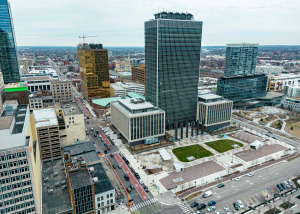Memory Bank: Seeking cures at the Martinsville Sanitarium
In the late 1890s and early 1900s, mineral waters fed from local springs fueled the Martinsville economy, drawing thousands of people seeking cures for dysentery, rheumatism and muscle pain.

In the late 1890s and early 1900s, mineral waters fed from local springs fueled the Martinsville economy, drawing thousands of people seeking cures for dysentery, rheumatism and muscle pain.
The project will consist of 261 apartments, 11,000 square feet of commercial space and a 500-space parking garage.
A day after the Milwaukee Bucks’ sudden, historic strike spread throughout the sports world, athletes continued protests of racial injustice and police brutality Thursday.
To plan development, mayor is scheduling public-input sessions that will shape a request for proposals the town plans to issue within six months.
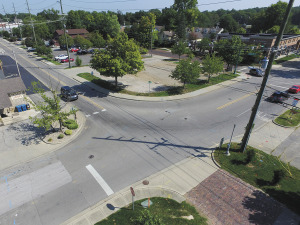
Downtown apartment managers are extending rent specials, reducing parking costs and offering other incentives to get tenants in the door—and lock those already there into new leases.

Landlords had been worried not just that tenants wouldn’t be able to stomach rent increases in 2020 but that they might not be able to pay their rents at all as the pandemic wore on. But collections remained strong,
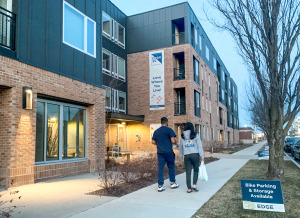
Developer Flaherty & Collins Properties was approved for up to $7.3 million in industrial recovery tax credits for its plans to build 238 apartments, a parking garage and retail space at the site, but the project has seen little progress since 2018.
Roughly 17-1/2 acres of city-owned property in various stages of the redevelopment process have developers chomping at the bit to make their mark on the city’s skyline.
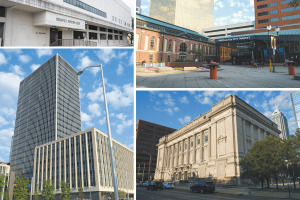
The Wulsin Building at 222 E. Ohio St. is expected to be acquired by an investment group later this spring. The buyers plan to spend up to $6 million to convert the eight-story structure to market-rate apartments.
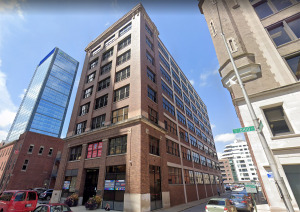
Gershman and Citimark’s project includes a different look and a new use for the Gold Building and construction of an 11-story building to replace the east wing of the Indianapolis City Market.
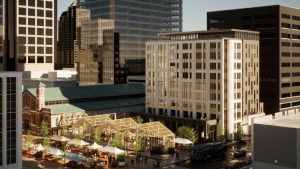
The proposed $175 million project that could add more than 400 apartments to the area surrounding the Indianapolis City Market was chosen over two other bids from local development firms—both of which differed greatly from the winning proposal.

City officials see the 0.65-acre parcel at 222 N. Alabama St. as a connector between the Mass Ave cultural district and the Market East area, potentially with a hotel or apartment project.

The East 38th Street corridor is the city’s eighth Lift Indy neighborhood and will receive investments in affordable housing and homeownership, economic development, and food-access efforts.
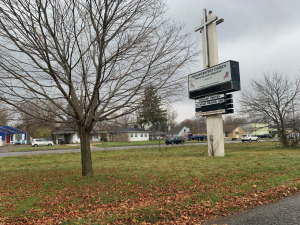
The purchase comes just three years after the 151-unit complex on the Central Canal was sold for $40.7 million to Chicago-based Promus Holdings LLC.

Many parts of downtown are thriving—particularly neighborhoods, where rents are rising, people have to stand in line for a lunch table, and investments are flowing. Other parts—especially downtown’s central core, where many workers might come to the office only once or twice a week—are limping along, pockmarked by vacant storefronts, panhandlers and crumbling sidewalks.

Nearly 29,000 residents now live downtown, up from about 15,000 in 2010. It’s a number that has been growing as developers continue to add apartment and condo units in the Mile Square and downtown neighborhoods.

Indianapolis officials want fewer parking lots downtown, reflecting part of a national movement that envisions less reliance on cars, more use of mass transit and a reduction in carbon emissions.

The city’s Department of Metropolitan Development is asking developers to pay at least $2.34 million for the 113-year-old building at 202 N. Alabama St., which was the seat of city government until the City-County Building was completed in 1962.

A few of other bids were similar to the selected proposal put forth by TWG Development, while others went in a distinctly different direction. Here’s a look at those proposals.
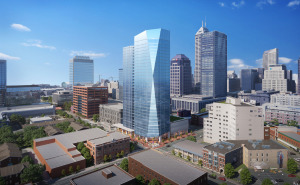
The city will work through 2024 to consolidate into its most prominent piece of real estate offices that are now scattered around downtown, including those of the Department of Public Works and the Department of Business and Neighborhood Services.
